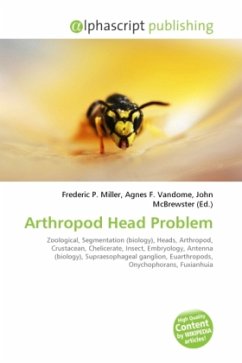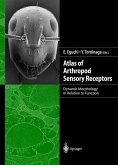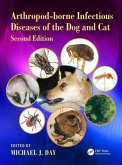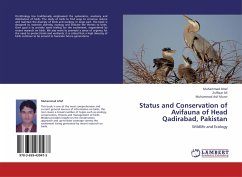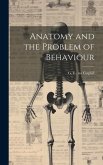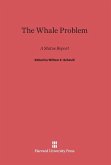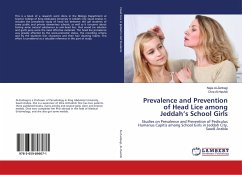The arthropod head problem is a long-standing zoological dispute concerning the segmental composition of the heads of the various arthropod groups, and how they are evolutionarily related to each other. While the dispute has historically centered on the exact make-up of the insect head, it has been widened to include other living arthropods such as the crustaceans and chelicerates; and fossil forms, such as the many arthropods known from exceptionally-preserved Cambrian faunas. While the topic has classically been based on insect embryology, in recent years a great deal of developmental molecular data have become available. Dozens of more or less distinct solutions to the problem, dating back to at least 1897, have been published, including several in the 2000s. The arthropod head problem is popularly known as the "endless dispute", the title of a famous paper on the subject by Jacob G. Rempel in 1975, referring to its apparently intractable nature. Although some progress has been made since that time, the precise nature of especially the labrum and the pre-oral region of arthropods remain highly controversial.
Bitte wählen Sie Ihr Anliegen aus.
Rechnungen
Retourenschein anfordern
Bestellstatus
Storno

